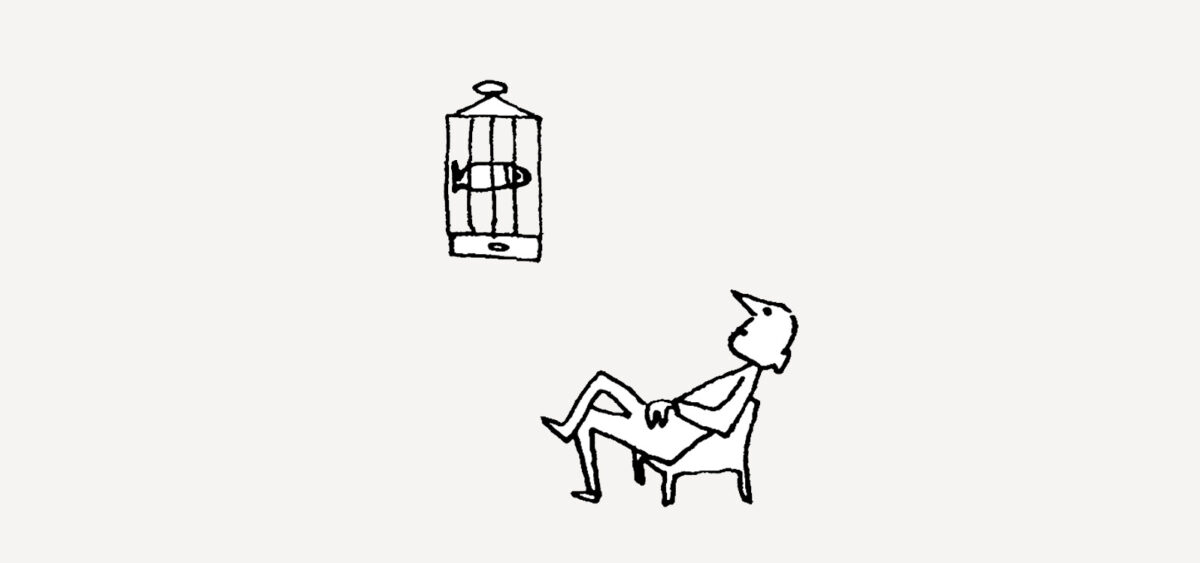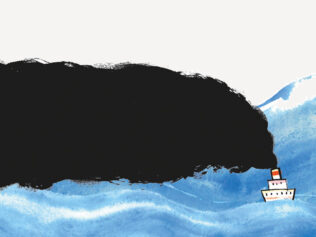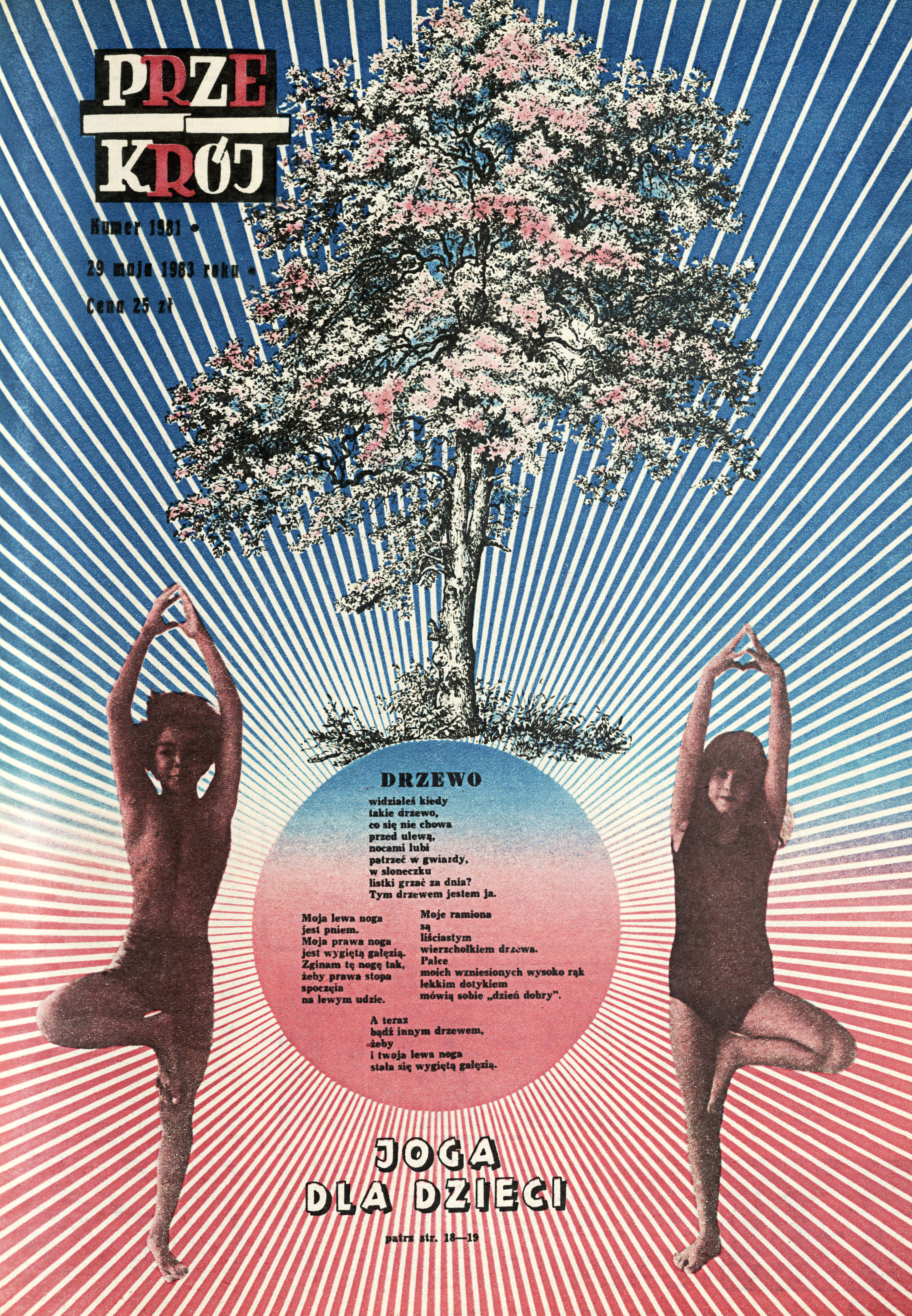
For some of us, our instinct tells us to fasten the seat belts tight and try to maintain the status quo. Get through the unknown plague, save ourselves from change. But if it’s the ability to change what lies at the very core of life, mere existence would be nothing but a miserable simulation.
Unpredictability also enables us to strap out of our seats, offering deep relaxation and an experience of total freedom. Personal twists and turns, as well as civilizational crumps, are like the cyclone that swept up Dorothy’s house along with the dog, furniture and the whole yard. We’re now flying towards the Land of Oz.
As long as our good old order keeps whirling up in the air carried by a powerful force like a cloud of debris, asking fundamental questions remains a possibility. What were its value and meaning, and what could this order have become if not grounded by the trivial forces of habits and routines? While we keep spinning, pushed by some energy of undefined direction, we get to challenge everything that still boasted its dogmatic authority yesterday.
When patients consult their therapists in a time of crisis, they are told that to not know means to be truly free. As long as you don’t know, anything is possible.
Then and only then. Go ahead, rip the seams wide open and make the best out of this moment in which not one sentence ends with a full stop.
There isn’t much time; the cyclone soon begins to slow down, and the landing will be hard. More than one worn-out, frayed armchair will crash into pieces, and returning to previously occupied positions won’t be possible. Instead of getting ready to count your losses and enter the first phase of grieving a world that’s irreversibly lost, be like Dorothy. Put on your silver slippers and see where they carry you next.
Despite its fairy-tale connotations, imagination is not only the domain of escapists and fantasists. It is the fundamental driving force of civilizational progress. Walt Disney was an innovator in such fields as technology and architecture; he was also a perfectionist who worked assiduously. “If you can dream it, you can do it,” he would always say.
However, there isn’t much space left for imagination in our everyday reality, governed by relentless procedures and systems. And lack of vision is a deadly threat. The narrower our dreaming space gets, the more we squash our growth. The world is strangling itself. Just like Singapore – once a wild island, today the most precisely urbanized and most perfectly defined area on Earth. Fantasy is over. The technocratic regime now rules over those paradise conditions: a wealthy land, devoid of joy, dreams and spontaneity. Is it still alive then?
Ursula K. Le Guin, whose novels are usually labelled fantasy, spent her entire life fighting the accusations that she doesn’t write real literature. That is, the kind of literature that Hemingway, Roth and other realists would produce. “I think hard times are coming,” she provoked in her last speech, “when we will be wanting the voices of writers who can see alternatives to how we live now and can see through our fear-stricken society and its obsessive technologies to other ways of being, and even imagine some real grounds for hope. We will need writers who can remember freedom. Poets, visionaries –the realists of a larger reality.”
Imagination is an instrument of truth. No future will ever happen to us if we can’t imagine and desire it first. The future is fiction in the most literal sense, as it only exists in the form of our stories. Ever since Future Shock by Alvin Toffler came out four decades ago, we have suffered from a deficit of radical visions of tomorrow. In a world filled with all kinds of overproduction, we also struggle with too much of the present. Due to the virtualization of life, time has been compressed into one everlasting moment. We spend our days relentlessly updating our knowledge and fending off the risk of drowning in a multitude of simultaneous events.
So much is happening right now that wanting anything on top of that becomes impossible. And that’s why the visions of the future that appear in recent works of philosophy, technology and pop culture could be described basically as more of the same. Nobody wants tomorrow to be today squared.
We now have this narrow slit of time and space to imagine something we haven’t seen before. If we are to do it, we shouldn’t be afraid of it. Let’s heed Toffler’s advice, who claimed that when thinking about the future, it is better to veer towards boldness than common sense.
We rarely realize that our imperfect everyday reality is the outcome of what once used to be nothing but hopes and ideas. We forget that we, with our FaceTime conversations, anti-ageing procedures, and fragmented personalities with multiple online faces, are – literally – the future come true. We embody an idea someone had once dreamed up. We owe our existence to someone else’s boldness.
Of course, the future is an ideal that always aims high but rarely lands as expected. Disney imagined a city in which people always wear short sleeves thanks to a climate-controlling dome above it and live in homes with constantly-updated equipment. We have turned this vision into air-conditioned shopping malls and forced ourselves into constantly buying new phones or washing machines, designed to break downs precisely two years after purchase. Jacque Fresco, the last great futurist of the 20th century, designed circular eco-cities made out of bio-components by megamachines. Instead, we got the concrete ghosts of Chinese housing estates, made of ready pieces so quickly that people struggle to follow them. Gerard K. O’Neill wanted to take humanity to planetary habitats sourcing solar energy from space. What we got are solar panels on the roofs of Indian huts and solar farms in Middle Eastern deserts.
Out of those sweeping visions, only single shavings remain, filtered through the lens of our limitations. When the future starts happening to us, it turns out to be what is practically possible and within human capabilities. Once it’s born, it’s already outdated.
And yet, the future remains our most beloved creation, as it stems from the purest invention of them all – the belief that we can be better.
Today, when the cyclone is once again lowering us back down to practical reality, and our little house is about to hit the ground, let’s meet it full of ideas. Every vision evoked during the shock is a seed of change. As Denis de Rougemont once pointed out, the real challenge is not to predict the future but to create it.
And Arthur C. Clarke added that the only way one can prepare for the unpredictable is by keeping an open mind.









